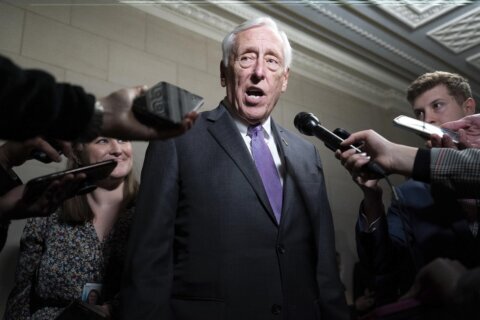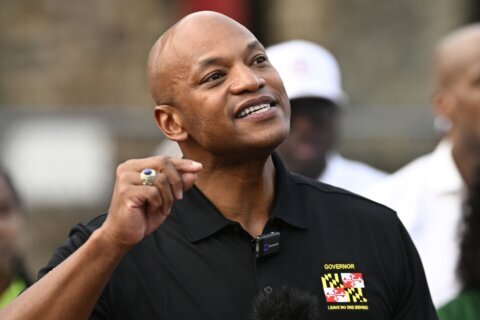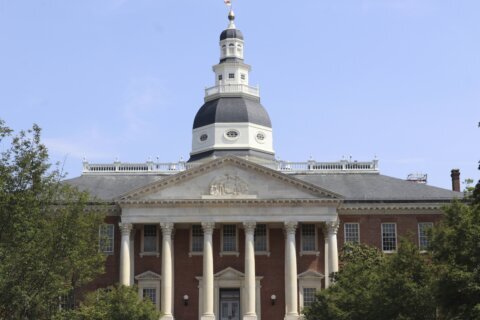This article was republished with permission from WTOP’s news partners at Maryland Matters. Sign up for Maryland Matters’ free email subscription today.
This content was republished with permission from WTOP’s news partners at Maryland Matters. Sign up for Maryland Matters’ free email subscription today.
When it comes to how Maryland’s November elections might look, members of the State Board of Elections still have more questions than answers.
That’s because election staff are still collecting data on the June 2 primary election, Nikki Charlson, the state’s deputy elections administrator, told board members during a Thursday meeting. Officials are at the beginning of a lengthy review of the primary.
That June 2 election was Maryland’s first largely mail-in primary and it has drawn scrutiny from advocates and lawmakers over its many errors. Election officials have vowed to not repeat their mistakes in the November general election, but exactly how the general election will be conducted isn’t clear.
Board members have said that the election could be entirely in-person, entirely vote-by-mail, or a mix of the two. Gov. Lawrence J. Hogan Jr. (R) will decide. Meanwhile, officials are left to look at what did and didn’t work in the vote-by-mail primary.
Vendor issues
Charlson acknowledged many of the election mishaps that have concerned lawmakers since polls closed more than two weeks ago. She again blamed printing vendor SeaChange for some of the errors.
“We have previously shared our disappointment with the vendor,” Charlson said. “The issues were not limited to Baltimore City but the City issues were significant.”
Top election officials have said SeaChange lied to them about when ballots would be delivered. SeaChange has, in turn, blamed election staff. Some Baltimore voters got ballots weeks late or didn’t get ballots at all, advocates said.
Late and missing ballots weren’t the only problems. Some voters got misprinted ballots or ballots from other districts. In Prince George’s County, some 90,000 voters received only the Spanish language version of instructions, a list of vote centers and ballot drop off boxes.
State Board of Elections members have indicated that they may look into getting a different printing vendor for the November general election. Election staff will also look for better ways to hold vendors accountable.
Board of Elections Issues
State elections officials pulled Baltimore city results results from their agency’s website around 2:30 a.m. on June 3 as results were slowly being tallied.
Elections officials later said that the city’s numbers were pulled after a “small proofing error” was discovered on some of the ballots, but they came under fire for not immediately explaining why the results were taken down.
“We should have been quicker to tell people why the results were removed, and we’ll put a process in place in case we need to remove results in the future,” Charlson said.
Board members also discussed increasing the elections mail team in anticipation of a massive mail-in election in November, and how to reduce long lines some voters saw on primary day. The State Board of Elections is still gathering data from local boards across the state, which could paint a clearer picture of what needs to be done to make for smooth sailing in November.
Elections officials were pressed for time in preparing for the first-time largely mail-in primary. Linda H. Lamone, Maryland’s top elections administrator, told lawmakers earlier this week that election officials had only six weeks to prepare for it after the special general election. The election was originally scheduled for April 28, but was delayed due to the COVID-19 pandemic.
On the bright side
Preliminary results show high voter turnout in the mail-in primary. In the past 20 years, only the 2008 Primary Election had higher turnout, according to the Board of Elections’ early review.
Baltimore City and Charles, Kent, Prince George’s, Montgomery, Cecil and Calvert counties all had a higher voter turnout than the 2016 primary election, according to the report.
Charlson commented that most voters seemed well-educated in how to vote in the mail-in primary. She said that 97% of voters voted and returned the ballot they received in the mail or electronically. She said that voters seemed to use the ballot drop-off boxes, but statewide data on that wasn’t available.







